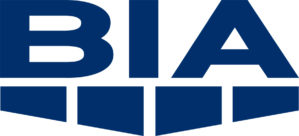
Extract from Adam Feinberg’s article “Inefficient Data Identification: The First Crack in Your eDiscovery Process”
If you’re constantly re-tracing your eDiscovery steps, the culprit may be inefficient data identification.
Inefficient data identification is a seemingly innocuous mistake but one with lasting consequences—the eDiscovery version of starting the cake batter before checking for all the ingredients, or commencing that furniture assembly without reading the “What You Need” page in the manual. Data identification is the cornerstone of the foundation upon which your entire eDiscovery structure will be built. While missteps in some areas of eDiscovery can be quickly addressed and mended, data identification and collection missteps are not always as easy to fix. Therefore, it’s incredibly important to give those initial steps the thorough attention and thoughtfulness they deserve.
Data identification is not to be confused with data collection. Identification efforts must come first. When litigation occurs, it’s tempting to dive headfirst into data collection for that immediate sense of accomplishment—the feeling that at least you got the ball rolling. However, if you skip or even skimp on the initial data identification stage, it will cost you. The ball may be rolling, but if it’s not on smooth ground, the path will be a rocky one.